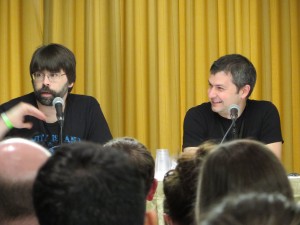 Editor’s Note: If this writeup of Sunday’s Locke & Key panel sounds fun, you can see a bunch of video from the panel, with a lot of additional information that didn’t make this report, right here.
Editor’s Note: If this writeup of Sunday’s Locke & Key panel sounds fun, you can see a bunch of video from the panel, with a lot of additional information that didn’t make this report, right here.
If Boston Comic Con had a single event that no other convention, regardless of size or location, could reproduce in 2013, it was the Locke & Key panel, because it featured all the main players in the production of the book: writer Joe Hill, artist Gabriel Rodriguez, and IDW Editor-in-Chief Chris Ryall. And considering that the book is coming to a conclusion in just a few months, and therefore all of these guys will be moving on to other projects, if you ever wanted to see these three guys interact and talk about Locke & Key while it’s an ongoing concern, the only place to be was the Waterfront Room at the Seaport World Trade Center at 2 p.m. on Sunday.
The one thing that that panel didn’t have was a hell of a lot in the way of actual news, but who the hell expected that? We all know the comic is closing up shop (minus the odd rumored one-shot, which wasn’t something that was addressed at the panel), we all know that the Fox pilot for a TV series is two years dead, and the Roberto Orci and Alex Kurtzman (of Star Trek reboot fame)-produced Locke & Key movie is only a month and a half into its existence, and there’s no way in hell that they would allow any hard information to be released in a function room full of people wearing t-shirts reading, “Yankees Suck!”
So these guys were not facing a crowd that was rabid for any new information (beyond maybe how, and who will make, Dodge eventually suck the pipe, but even that was a low-key questions; after all, the final issue is just about on its way), which meant that tensions were low for the panel, and it showed. The panel unofficially started with Hill looking at his phone at the stroke of 2 p.m., grabbing a microphone, and saying, “Guys, this just in: the BBC just announced that the next Doctor will be Jason Statham!”
And when the crowd groaned, Hill said, “It would be awesome, and you know it!”
Yeah, this panel looked to just be a good time. And it was.
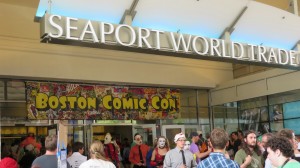 For some time now Rob and Amanda have been trying to talk Trebuchet and me into attending San Diego Comic-Con with them, making their case with enticing details such as:
For some time now Rob and Amanda have been trying to talk Trebuchet and me into attending San Diego Comic-Con with them, making their case with enticing details such as: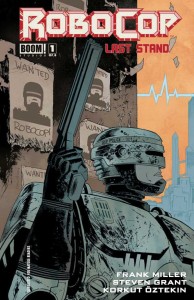
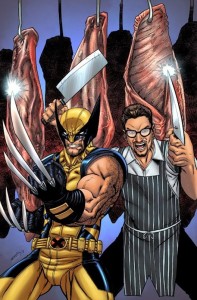
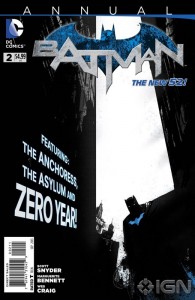


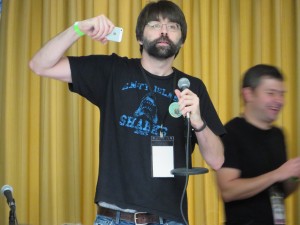
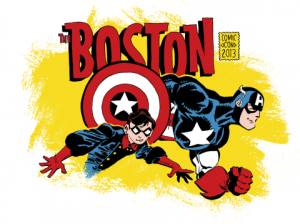
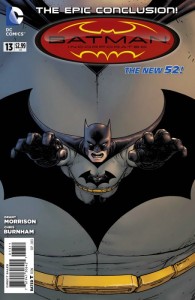
 Podcast RSS Feed
Podcast RSS Feed iTunes
iTunes Google Play
Google Play Stitcher
Stitcher TuneIn Radio
TuneIn Radio Android
Android Miro Media Player
Miro Media Player Comics Podcast Network
Comics Podcast Network